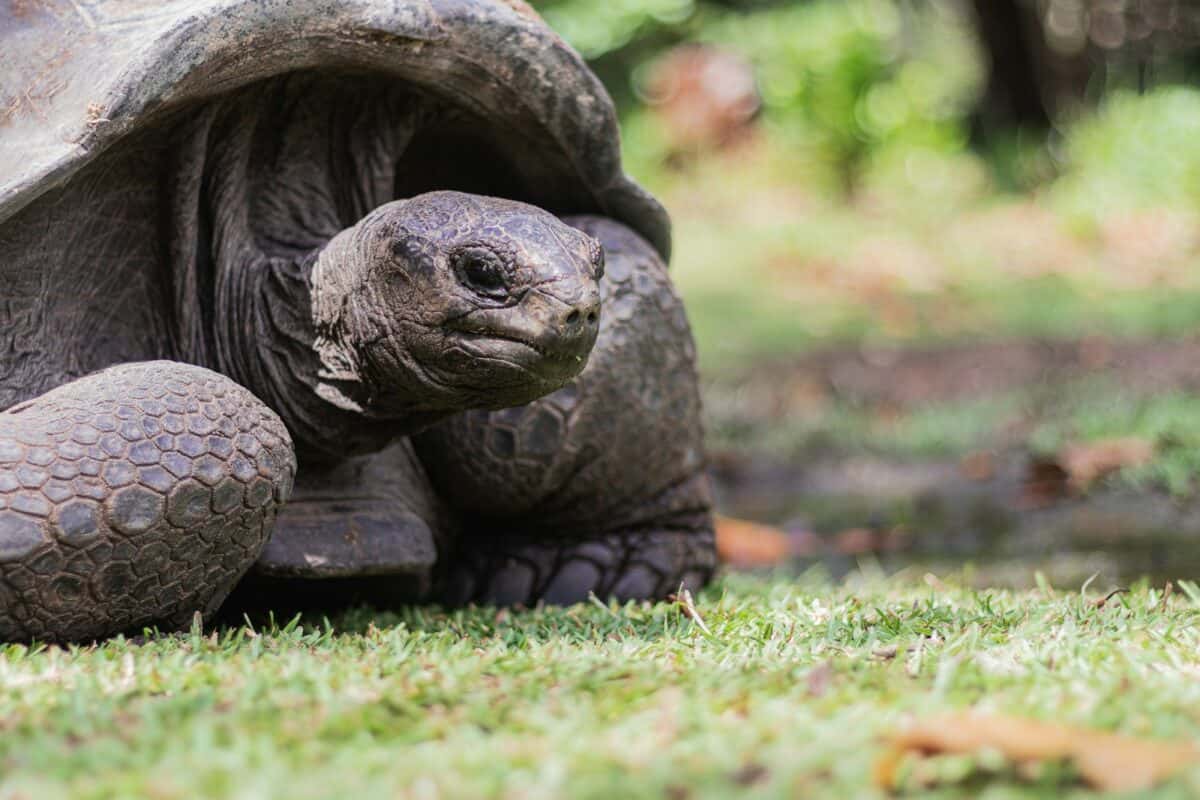In the animal kingdom, tortoises stand as remarkable examples of longevity, with some species capable of living well over 100 years. These ancient reptiles move through life at what seems like a glacial pace compared to most animals, and surprisingly, this characteristic slowness is intimately connected to their exceptional lifespan. From their methodical movements to their unhurried metabolism, tortoises embody the adage that “slow and steady wins the race” – particularly when that race is measured in decades rather than minutes. This fascinating connection between a tortoise’s deliberate pace and its lengthy life expectancy offers valuable insights into the biological mechanisms of aging and longevity, demonstrating how evolution has crafted these resilient creatures to withstand the test of time.
The Remarkable Longevity of Tortoises

Tortoises are among the longest-living vertebrates on Earth, with documented lifespans that far exceed those of most animals. The Aldabra giant tortoise can live beyond 150 years, while Galápagos tortoises regularly reach ages of 100-150 years in the wild. Perhaps the most famous example was Jonathan, a Seychelles giant tortoise believed to have hatched around 1832, making him over 190 years old as of this writing. Even smaller tortoise species typically live between 50-100 years when properly cared for.
This extraordinary longevity has made tortoises subjects of scientific interest in aging research. Their ability to maintain cellular integrity and resist age-related diseases far longer than mammals of similar or even larger sizes suggests unique biological mechanisms at work. Scientists study these mechanisms to better understand the fundamental processes of aging and potentially apply these insights to human longevity research. What’s particularly fascinating is that tortoises show remarkably few signs of senescence (biological aging) until very late in their lives.
Metabolic Rate: The Slow Burn of Life
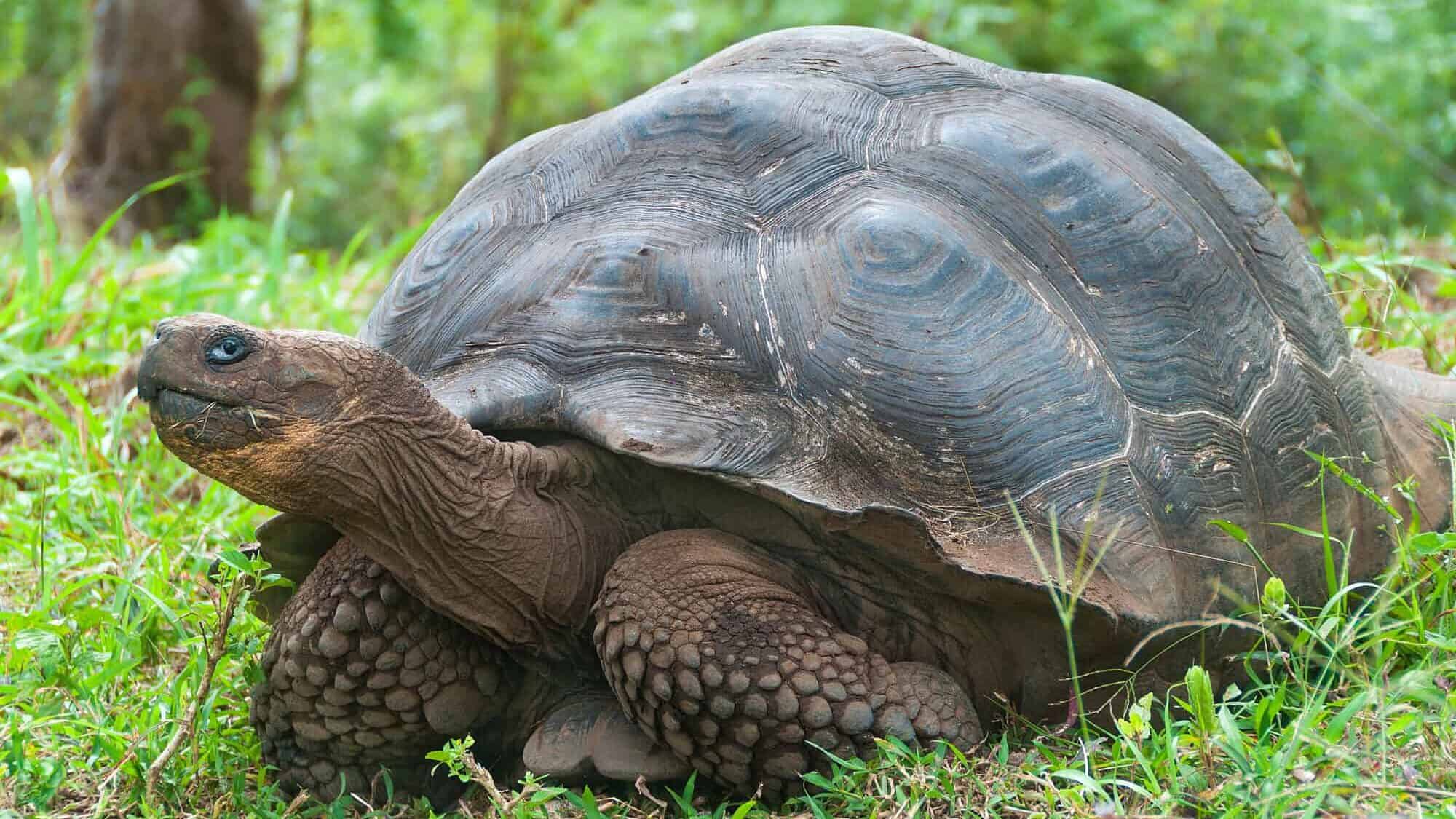
At the heart of tortoise longevity lies their exceptionally slow metabolic rate. Metabolism refers to the chemical processes that maintain life, and the rate at which these processes occur profoundly affects lifespan. Tortoises have among the slowest metabolic rates in the animal kingdom, operating at roughly 30-50% the rate we might expect for reptiles of their size. This slow metabolism means they process energy, generate cellular byproducts, and experience cellular damage at a much slower pace than most animals.
The “rate of living” theory in biology suggests that lifespan is inversely related to metabolic rate – the faster an organism “burns” through life, the shorter its lifespan tends to be. Tortoises exemplify this principle perfectly. Their cells divide less frequently, they produce fewer damaging free radicals, and their tissues experience less oxidative stress. A tortoise’s heart typically beats at just 6-10 beats per minute, compared to a human’s 60-100 beats per minute, illustrating just how dramatically slower their physiological processes operate.
Physical Movement and Energy Conservation
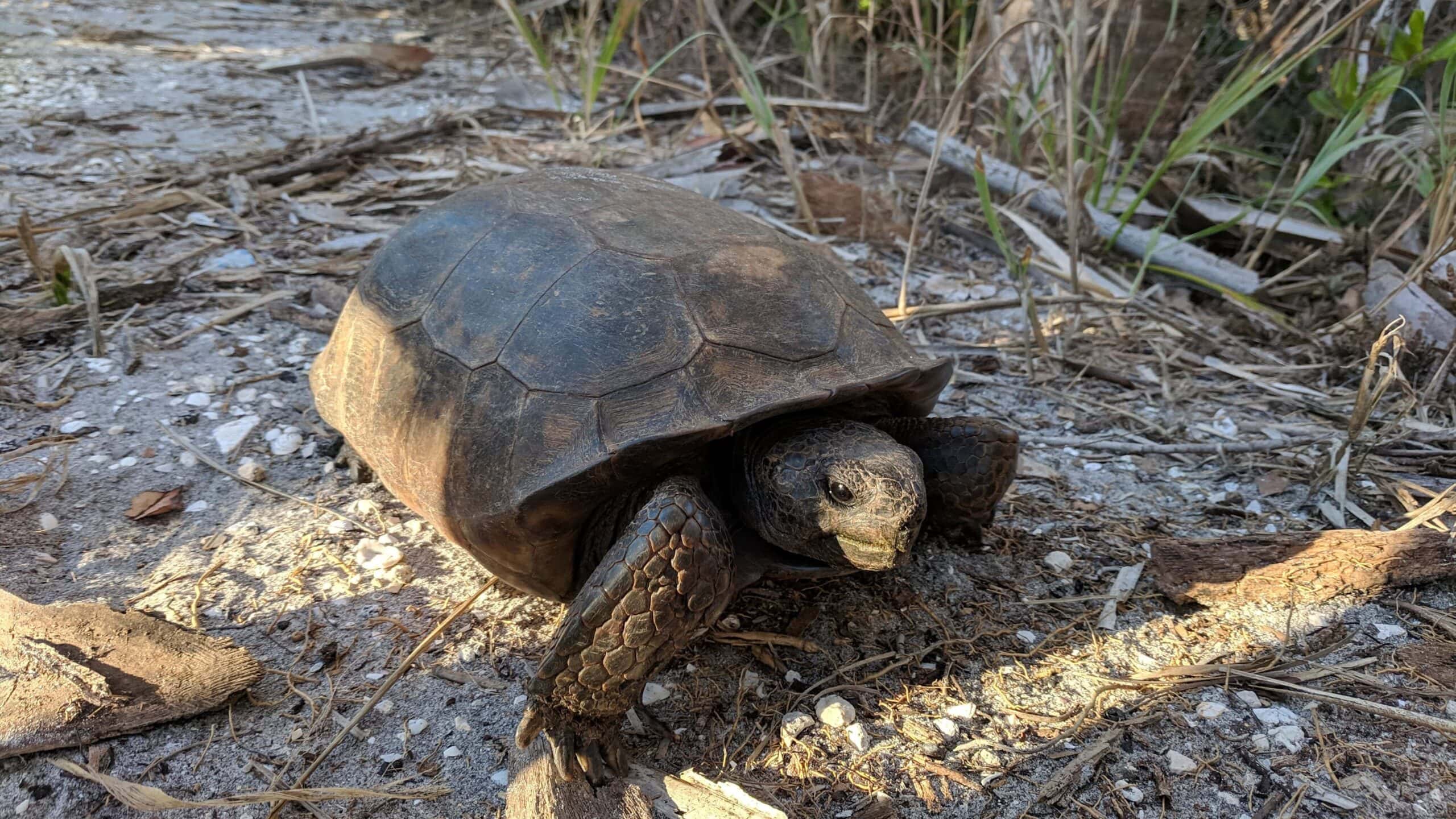
The characteristic slow movement of tortoises isn’t merely an incidental trait – it’s a fundamental aspect of their evolutionary strategy for survival and longevity. Their deliberate pace conserves valuable energy in environments where resources may be scarce or unpredictable. Unlike mammals that expend considerable energy maintaining constant body temperature and pursuing active lifestyles, tortoises have evolved to minimize energy expenditure through slow, methodical movement.
This energy conservation strategy means tortoises can survive on relatively small amounts of food while minimizing the metabolic costs associated with activity. Even when food is abundant, tortoises rarely rush or overexert themselves, maintaining their measured approach to movement. Their muscular system is designed for endurance rather than speed, with slow-twitch muscle fibers predominating over the fast-twitch fibers that would enable rapid movement but require more energy. This physical manifestation of slowness directly contributes to their impressive lifespans.
Slow Growth Patterns
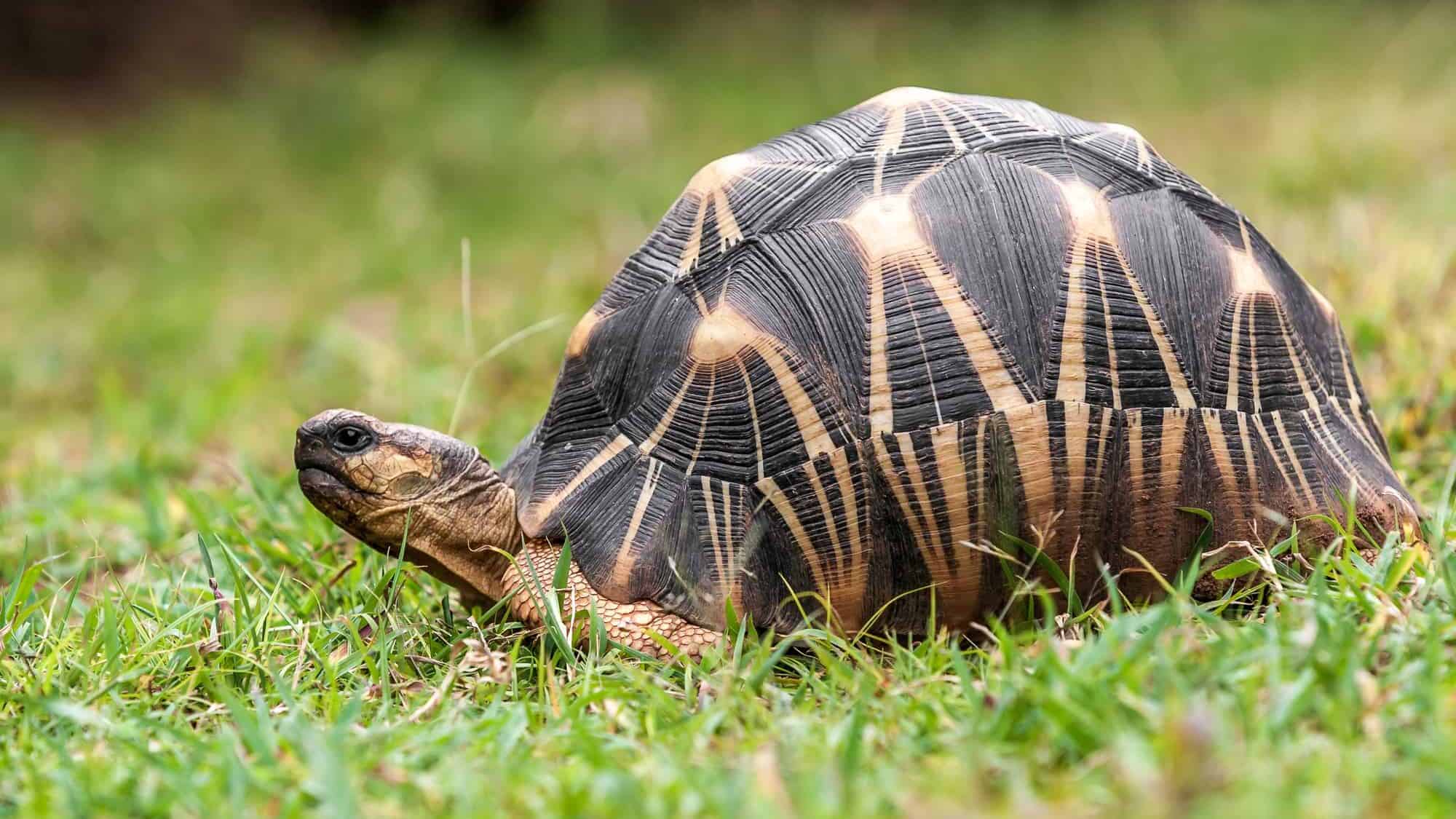
Tortoises not only move slowly but also grow slowly throughout their lives. Unlike mammals that reach their adult size relatively quickly and then stop growing, tortoises continue to grow throughout their lives, albeit at an increasingly slower rate as they age. This slow, indeterminate growth pattern is closely linked to their longevity. Research indicates that animals with slower growth rates often live longer than those that develop rapidly, likely because fast growth requires cells to divide more frequently, increasing the chance of replication errors and cellular damage.
It can take a tortoise 15-20 years to reach sexual maturity, compared to just months or a few years for many mammals of similar size. This extended developmental period allows for more careful cell replication and tissue formation, potentially reducing the accumulation of cellular damage that contributes to aging. The shells of tortoises even record this slow growth in visible growth rings during their early years, similar to tree rings, providing visual evidence of their patient approach to development.
Cellular Protection Mechanisms
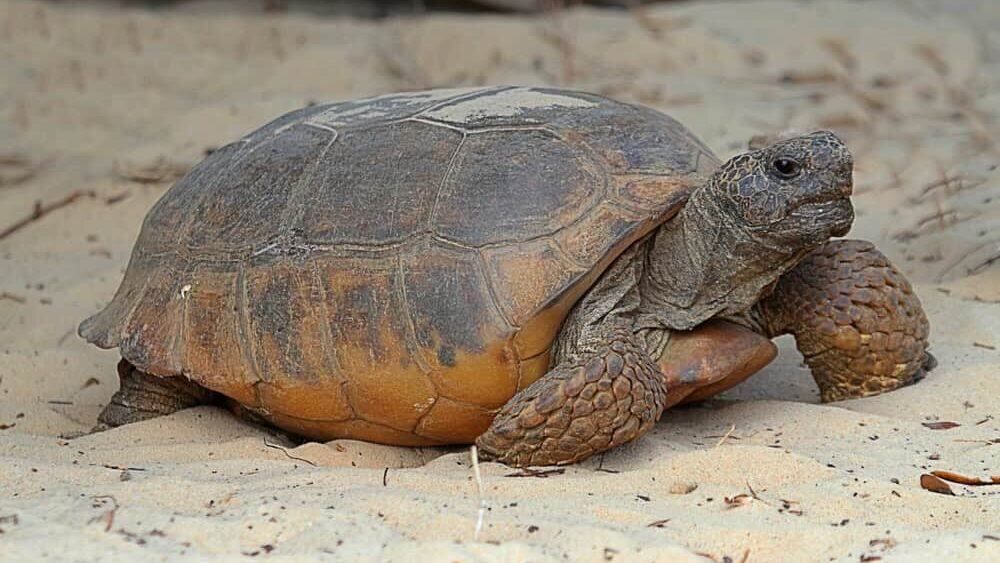
Beyond their slow metabolism and growth, tortoises possess remarkable cellular protection mechanisms that contribute significantly to their longevity. Their cells demonstrate enhanced resistance to oxidative damage compared to those of shorter-lived species. Oxidative damage occurs when unstable molecules called free radicals, produced during normal metabolic processes, damage cellular components including DNA, proteins, and cell membranes. This damage is a primary contributor to aging across species.
Tortoises appear to have superior antioxidant defenses and DNA repair mechanisms that mitigate this damage more effectively than most animals. Research has shown that tortoise cells in laboratory settings can withstand higher levels of oxidative stress than cells from shorter-lived species. Additionally, their cells exhibit more efficient telomere maintenance. Telomeres are protective caps at the ends of chromosomes that typically shorten with each cell division, eventually leading to cellular senescence. Tortoises maintain their telomere length more effectively over time, potentially contributing to their extended lifespans.
The Role of Ectothermy in Longevity

Unlike mammals and birds, which maintain constant internal temperatures (endothermy), tortoises are ectothermic – their body temperature varies with their environment. This fundamental difference in temperature regulation has profound implications for longevity. Maintaining a constant body temperature requires enormous amounts of energy; humans, for instance, use approximately 60-70% of their resting energy just to maintain body temperature. Tortoises sidestep this energy expenditure by allowing their temperature to fluctuate with their surroundings.
This ectothermic strategy not only conserves energy but also means tortoises can dramatically slow their metabolic processes during cool periods. Many tortoise species experience periods of brumation (a reptilian form of hibernation) during colder months, during which their metabolic rate can drop by 80-90%. These regular periods of metabolic slowdown throughout their lives may contribute significantly to their longevity by periodically reducing the production of metabolic byproducts that contribute to cellular aging. Research suggests that this cyclical pattern of metabolic activity and rest may be more beneficial for cellular health than the constant metabolic activity seen in endothermic animals.
Evolutionary Advantages of Slowness
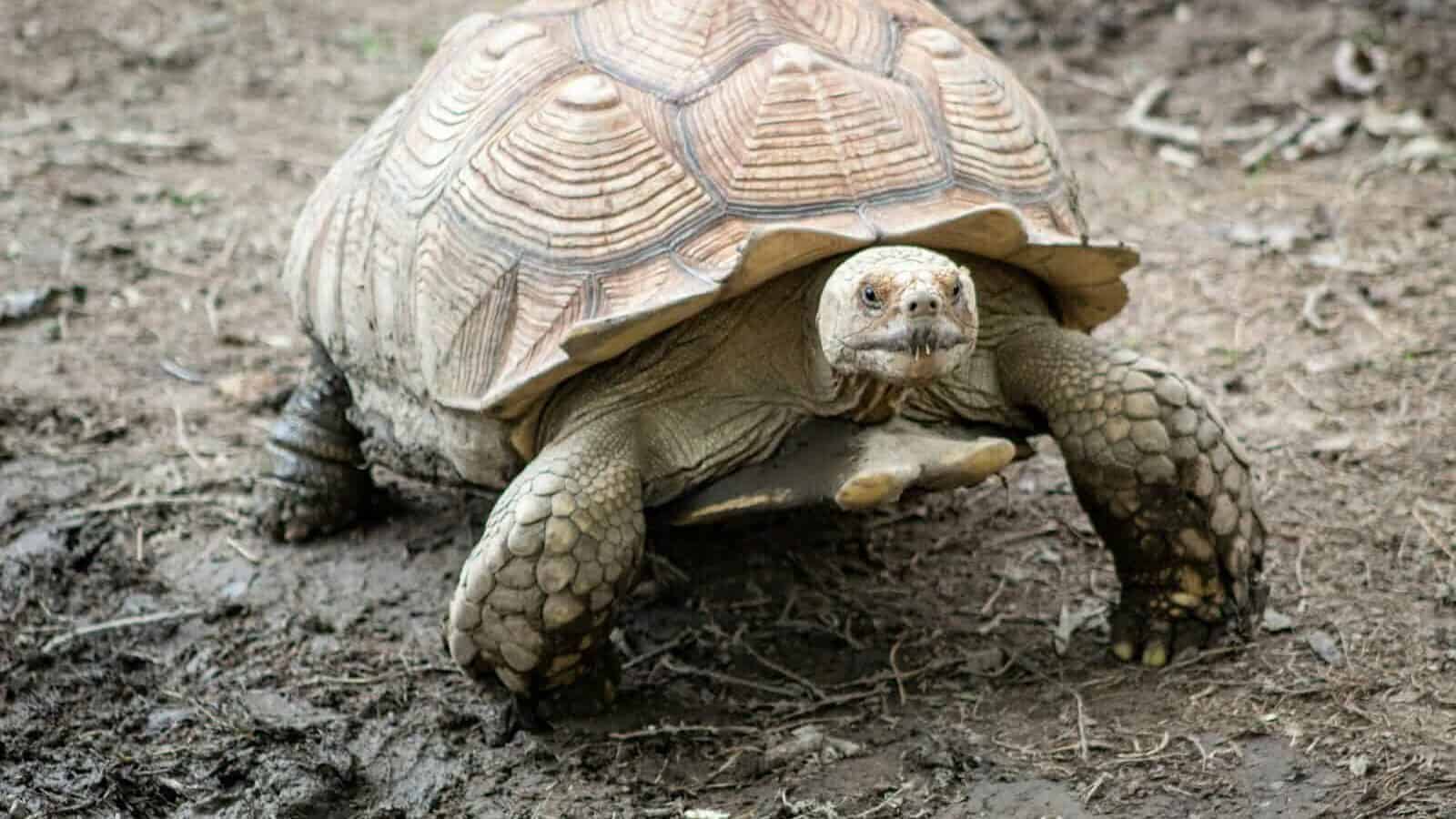
The tortoise’s slow lifestyle represents a successful evolutionary strategy that has persisted for over 200 million years. While speed offers advantages for predator evasion or hunting, tortoises evolved an alternative approach: developing protective shells and reducing energy expenditure through slowness. This strategy proved remarkably effective, allowing tortoises to outlast many faster, more metabolically active species throughout evolutionary history. Their shells provided protection that eliminated the need for rapid escape, permitting the development of their characteristic slow movement.
From an evolutionary perspective, the tortoise’s slow metabolism, growth, and movement represent adaptations to environments where resources may be limited or unpredictable. Rather than competing through speed or aggression, tortoises evolved to survive through efficiency and durability. Their shells provide protection, while their slow metabolism allows them to endure periods of resource scarcity that would prove fatal to animals with higher energy requirements. This evolutionary path has selected for individuals with cellular mechanisms that support extended lifespans, as longer-lived tortoises have more reproductive opportunities over time, even with their slow reproductive rate.
Environmental Factors and Adaptation
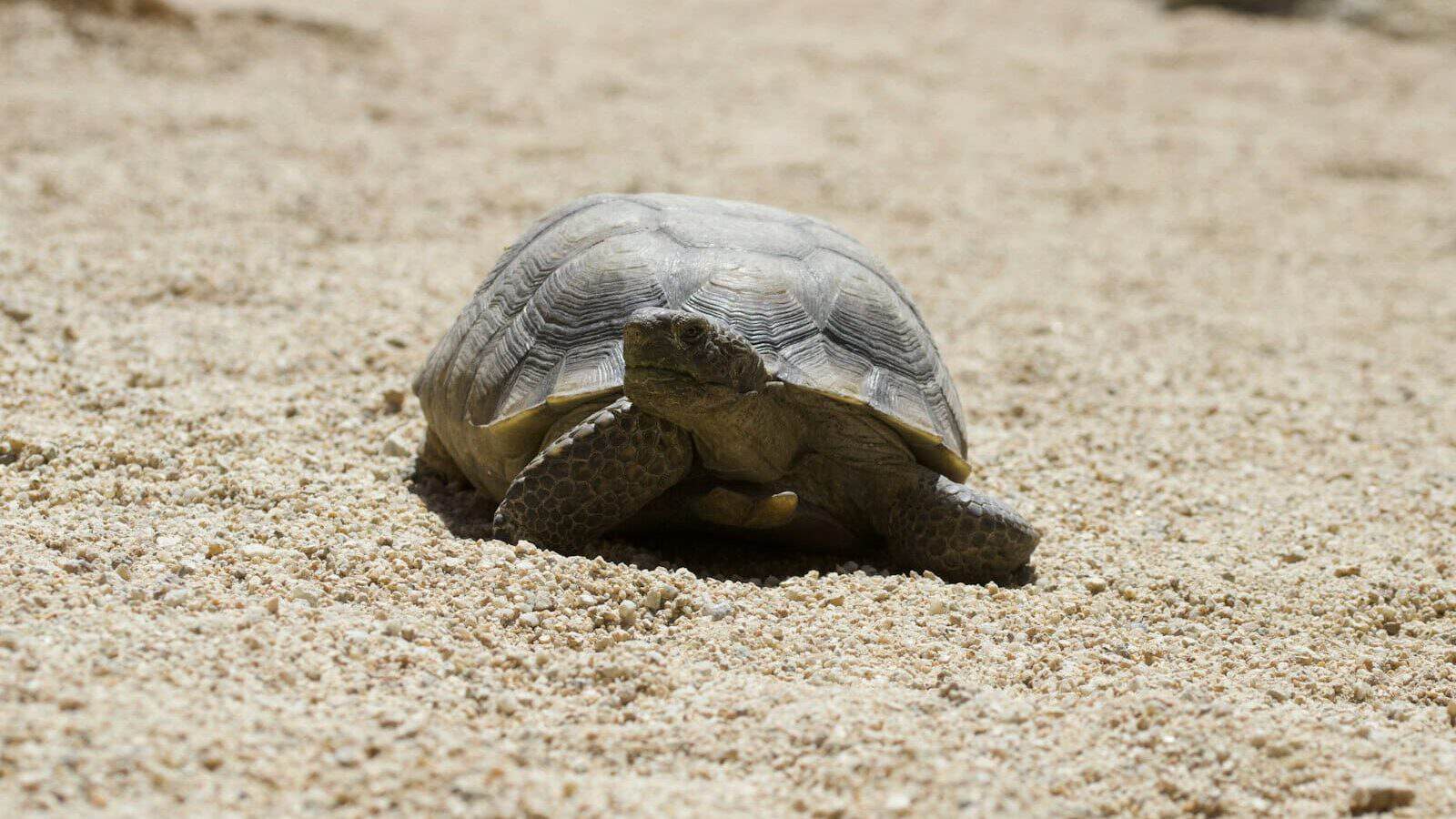
The environments where tortoise species evolved have played crucial roles in shaping their slow lifestyles and longevity. Many tortoise species originated in arid or semi-arid regions where resources are scarce and unpredictable. In such environments, the ability to survive on minimal resources while maintaining physical integrity over extended periods provides a significant advantage. Their slow metabolism allows them to endure extended periods without food or water, sometimes surviving months without eating when necessary.
These harsh environmental pressures selected for individuals with physiological adaptations supporting longevity. For instance, desert tortoises can lose up to 30% of their body water and survive, a feat impossible for most vertebrates. Giant tortoise species that evolved on islands with few predators developed especially slow metabolisms and extended lifespans, as the absence of predation pressure allowed for the evolution of extreme longevity. The connection between environment, slowness, and longevity demonstrates how natural selection has fine-tuned tortoise physiology to maximize survival in specific ecological niches.
Comparing Tortoise Longevity to Other Species
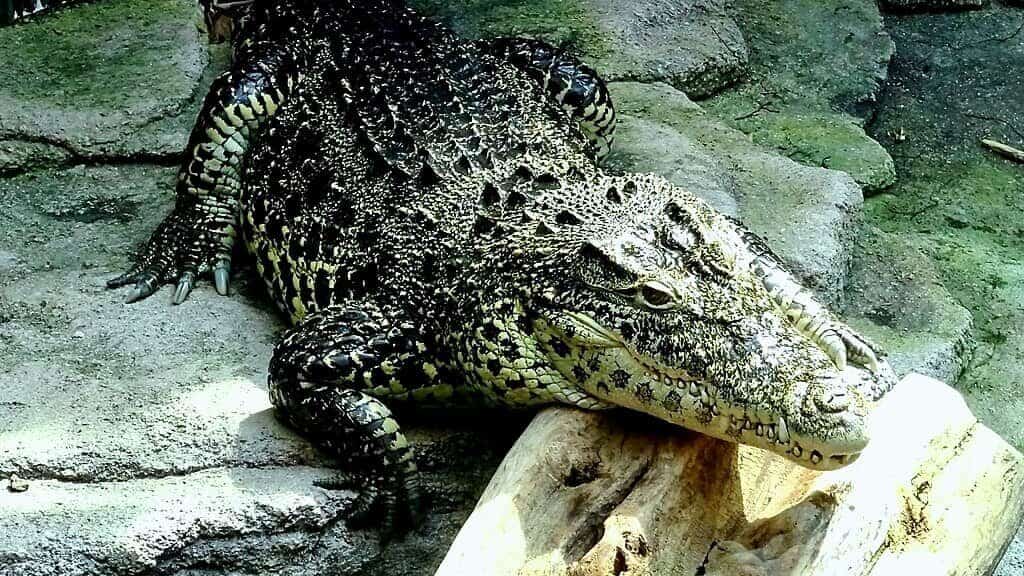
The relationship between slow metabolism and longevity becomes even more apparent when comparing tortoises to other animals. Consider that a mouse, with its rapid metabolism and heart rate of 450-750 beats per minute, lives only 1-3 years on average. Humans, with slower metabolisms than most mammals of similar size, live 70-80 years on average. Tortoises, with their extraordinarily slow metabolisms, live well over a century. This pattern holds across the animal kingdom: species with slower metabolic rates typically live longer than those with faster rates, even accounting for body size.
Even among reptiles, tortoises stand out for their exceptional longevity. While some large snakes and crocodilians can live 50-70 years, they don’t approach the lifespans of giant tortoises. The Galápagos tortoise outlives virtually all other reptiles, including other chelonians like turtles. This exceptional position in the longevity spectrum highlights how the tortoise’s particular combination of slow metabolism, protective adaptations, and cellular mechanisms represents a uniquely successful approach to extending lifespan in vertebrates.
Implications for Aging Research

Scientists studying the biology of aging have become increasingly interested in tortoises as models for understanding longevity mechanisms. Unlike traditional laboratory animals like mice that have evolved for rapid reproduction rather than longevity, tortoises represent the opposite end of the spectrum – animals naturally selected for extended lifespans. By studying the genetic, cellular, and physiological differences between tortoises and shorter-lived species, researchers hope to identify key mechanisms that could inform human aging research.
Several research initiatives are now focusing on tortoise genomes to identify genetic factors that contribute to their exceptional lifespans. Early findings suggest differences in genes related to DNA repair, immune function, and cancer resistance compared to shorter-lived species. Additionally, studies of tortoise cellular metabolism have identified differences in mitochondrial function that may contribute to reduced oxidative damage. While human biology differs significantly from that of tortoises, understanding the fundamental mechanisms that enable extreme longevity across species may eventually contribute to interventions that promote healthier human aging.
Lessons from Tortoise Lifestyle for Human Health
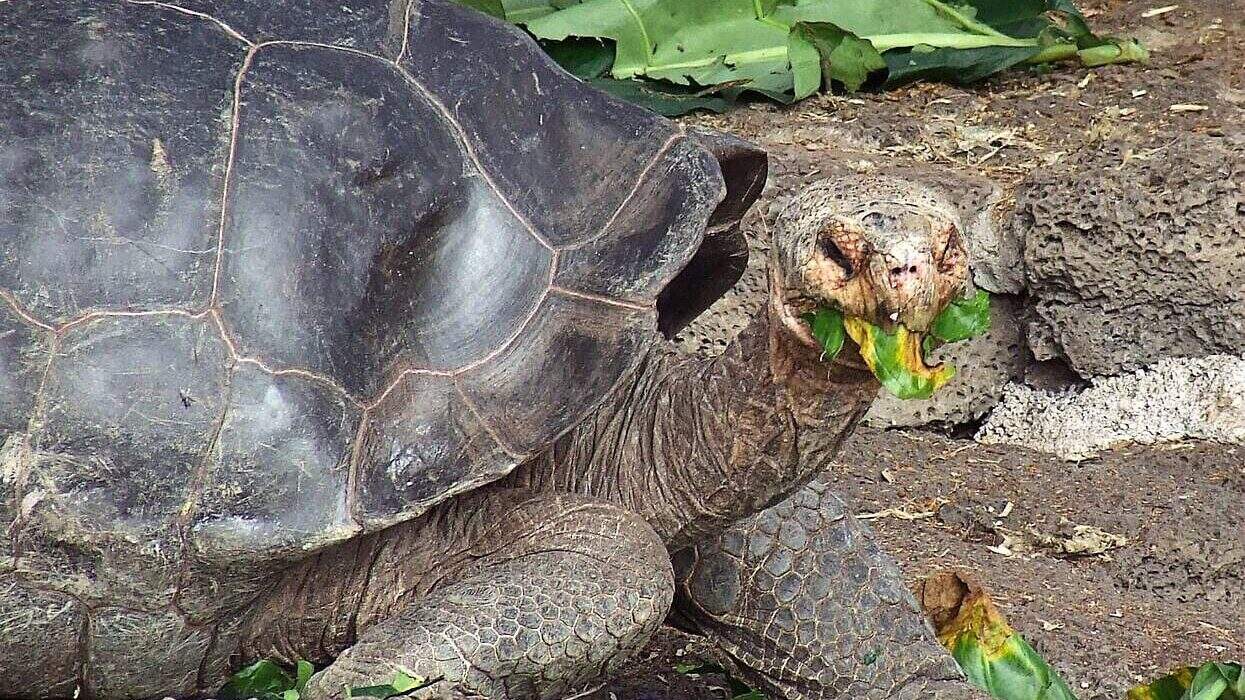
While humans cannot adopt the ectothermic metabolism of tortoises, certain aspects of tortoise lifestyle offer intriguing parallels to practices associated with human longevity. The tortoise’s natural pattern of caloric restriction (eating relatively little for their body size) mirrors findings from research suggesting that moderate caloric restriction may extend lifespan in many species, including primates. Their low-stress lifestyle, with minimal exertion and ample rest, resembles recommendations for stress reduction in human health promotion.
The “slow and steady” approach of tortoises also resonates with research on human exercise patterns, where moderate, consistent activity appears more beneficial for longevity than intense, sporadic exertion. Some researchers have even suggested that practices like intermittent fasting, which temporarily reduces metabolic activity, may mimic some benefits of the tortoise’s naturally slow metabolism. While humans cannot replicate tortoise physiology, these conceptual parallels suggest that moderating the pace of our metabolic processes through lifestyle choices may offer health benefits consistent with some principles of tortoise longevity.
The remarkable connection between the tortoise’s slow pace and exceptional lifespan represents one of nature’s most compelling success stories. Through their methodical movement, measured metabolism, patient growth, and cellular resilience, tortoises have evolved a biological strategy that maximizes longevity in ways few other vertebrates have achieved. Their slowness isn’t a limitation but rather a sophisticated adaptation that has allowed these ancient creatures to persist through millennia while many faster-paced species have disappeared.
As we face a modern world that increasingly values speed and constant activity, the tortoise offers a profound counterpoint – a living demonstration that slower processes can lead to greater endurance and longevity. The biological mechanisms underlying tortoise longevity continue to intrigue scientists, offering potential insights into fundamental processes of aging across species. Whether through their remarkable cellular protection systems, efficient energy utilization, or cyclical metabolic patterns, tortoises embody an alternative approach to life that prioritizes durability over speed, and in doing so, they’ve mastered the art of living slowly but living long.
- The Most Bizarre Animal Migration You’ve Never Heard Of - August 20, 2025
- Fierce Animal Moms Who Would Do Anything for Their Babies - August 20, 2025
- The Secret Life of the Saola: Asia’s Hidden “Unicorn” - August 20, 2025

